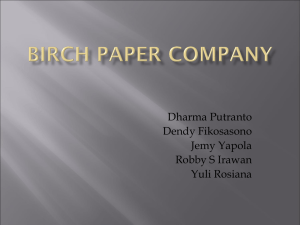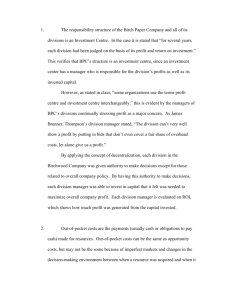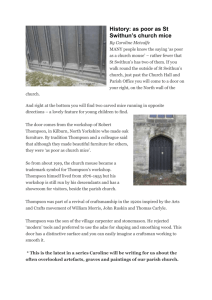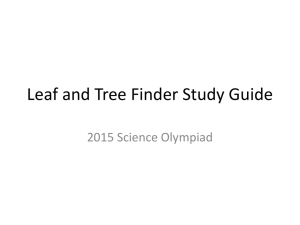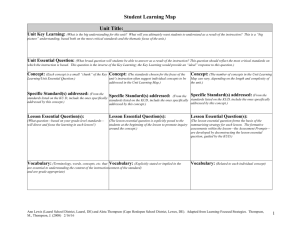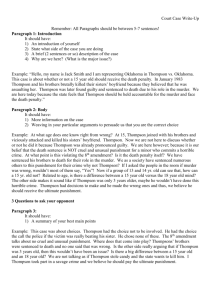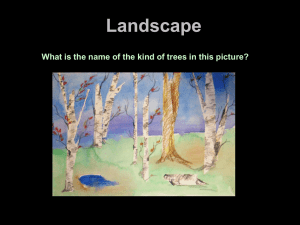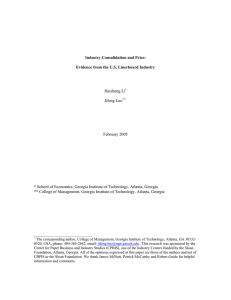Birch Paper
advertisement
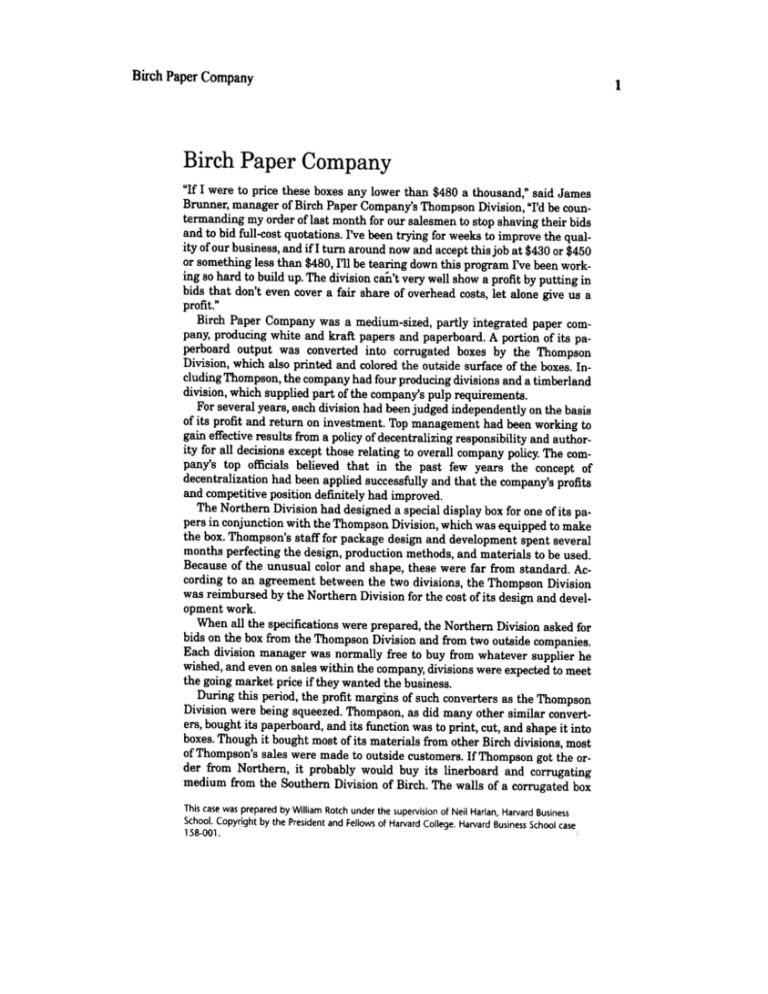
1 to price these boxes any lower than $480 a thousand," said James bids qual- their the shaving "I'd be coun- improve stop to to Division, weeks for salesmen our Thompson trying for been month I've quotations. of of Birch Paper Company's order full-cost bid to and my manager termanding Brunner, last were I "If Paper Company ity of our business, and if I turn around now and accept this job at $430 or $450 perboard into corrugated com- pa- its paper of portion A integrated partly was converted paperboard. and medium-sized, papers a kraft was output and white Company Paper producing pany, Birch or somethingless than $480,I'll be tearing down this program I've beenworking so hard to build up. The division can't very well show a profit by putting in bids that don't even cover a fair share of overhead costs,let alone give us a profit." boxes by the Thompson Division, which also printed and colored the outside surface of the boxes.In- com- author- and The policy. responsibility company overall to decentralizing of relating policy a those from except results decisions all effective for ity gain cluding Thompson, the company had four producing divisions and a timberland division, which supplied part of the company's pulp requirements. For several years, each division had been judged independently on the basis of its profit and return on investment. Top management had been working to pany's top officials believed that in the past few years the concept of decentralization had been applied successfully and that the company's profits and competitive position definitely had improved. The Northern Division had designed a special display box for one of its pa- pers in conjunction with the ThompsonDivision, which was equippedto make was reimbursed opment work. by the Northern Division AcDivision standard. from Thompson far the were these divisions, two shape, the and between color unusual agreement the of an to cording Because the box. Thompson's staff for package design and development spent several months perfecting the design, production methods, and materials to be used. for the cost of its design and devel- he companies. supplier outside whatever two from from buy and to free Division normally Thompson was the from manager box the on division Each bids When all the specifications were prepared, the Northern Division asked for wished, and even on sales within the company, divisions were expected to meet the going market price if they wanted the business. During this period, the profit margins of such converters as the Thompson Division were being squeezed. Thompson, as did many other similar convert- ers, bought its paperboard,and its function was to print, cut, and shapeit into boxes.Though it bought most of its materials from other Birch divisions, most got the orcorrugating If Thompson and linerboard its buy would probably sales were made to outside customers. it Northern, from of Thompson's der Birch medium from the Southern Division of Birch. The walls of a corrugated box This case was prepared by William Rotch under the supervision of Neil Harlan, Harvard Business School. Copyright by the President and Fellows of Harvard College. Harvard Business School case 158-001. , 2 Birch Paper Company consist of outside and inside sheets of linerboard sandwiching the fluted corrugating medium. About 70 percent of Thompson's out-of-pocket cost of $400 for the order represented the cost of linerboard and corrugating medium. Though Southern had been running below capacity and had excess inventory, it quoted the market price, which had not noticeably weakened as a result of the over- supply. Its out-of-pocket costs on both liner and corrugating medium were about 60 percent of the selling price. The Northern Division received bids on the boxes of $480 a thousand from the Thompson Division, $430 a thousand from West Paper Company, and $432 a thousand from Eire Papers,Ltd. Eire Papers offered to buy from Birch the outside linerboard with the special printing already on it, but would supply its own inside liner and corrugating medium. The outside liner would be supplied by the Southern Division at a price equivalent of $90 a thousand boxes, and it would be printed for $30 a thousand by the ThompsonDivision. Of the $30, with very exour be a bids buy we in of sell can to How have we if on. "We discrepancy passed president: wide the vice be the investment on cannot told discussed costs return and higher He Division, president. profit where decent a show market, vice Northern the of commercial to pected competitive Birch's ager about $25 would be out-of-pocket costs. Since this situation appeared to be a little unusual, William Kenton, man- supplies at more than 10 percent over the going market?" Knowing that Mr. Brunner on occasion in the past few months had been unable to operate the Thompson Division at capacity, it seemed odd to the vice president that Mr. Brunner would add the full 20 percent overhead and profit charge to his out-of-pocket costs. When he was asked about this, Mr. Brunner's answer was the statement that appearsat the beginning of the case.He went on to say that having done the developmental work on the box, and having re- ceivedno profit on that, he felt entitled to a goodmarkup on the production of the box itself. The vice president explored further the cost structures of the various divi- sions.He remembereda commentthat the controller had made at a meeting be would lowest absence the the it accept in for one division that However, would knew $430. for Kenton He were variable whole. a Company Paper West possible for top management Mr. as company costs which management the the of top for fixed from that was orders largely be specific which bid, of could the week before to the effect that to order the acceptance of another bid if the situ- ation warranted such action.And though the volume representedby the transactionsin questionwas lessthan 5 percentof the volume of any of the divisions Questions transactions would conceivably raise similar problems later. ' other _.. involved, 1. Which bid should Northern Division accept that is in the best interests of Birch Paper Company? 2. Should Mr. Kenton acceptthis bid? Why or why not? 3. Should the vice president of Birch Paper Company take any action? 4. In the controversy described, how, if at all, is the transfer price system dysfunctional? Does this problem call for some change, or changes, in the transfer pricing policy of the overall firm? If so, what specific changes do you suggest?
